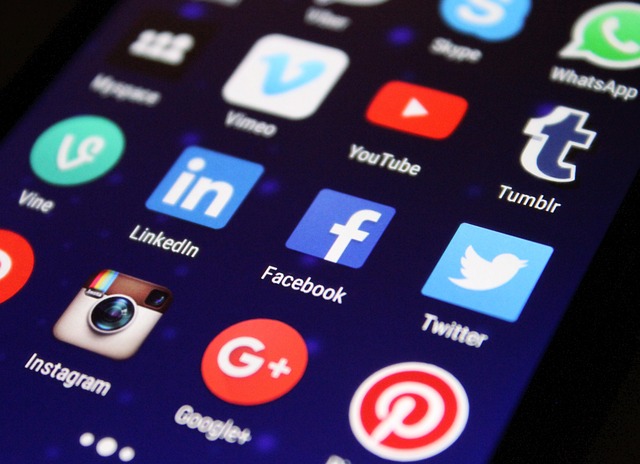In today’s fast-paced digital world, the impact of social media on communication is undeniable. As platforms like Facebook, Twitter, Instagram, and TikTok dominate our online interactions, they have fundamentally altered not only how we connect with others but also the very etiquette and social norms governing our communications.
Technology Etiquette in the Age of Social Media
Gone are the days when a handwritten letter or a phone call was a standard means of communication. Now, a quick text or a tweet suffices. This rapid shift raises questions about technology etiquette, especially among those from different generations. Some may feel comfortable expressing themselves in 280 characters, while others might struggle to convey sentiments accurately without the benefit of tone and body language.
As social media continues to reshape our communication landscape, understanding technology etiquette becomes essential. This includes recognizing when it’s appropriate to engage with someone online, the importance of maintaining privacy, and the necessity of being respectful in discussions, even when opinions differ. One vital aspect is the understanding of “digital footprints.” What we post online today can affect our relationships and reputations for years to come.
Social Trends Fueled by Social Media
The impact of social media extends into societal behavior and trends that we witness daily. Influencers, hashtags, and viral content have given rise to new forms of communication that often prioritize brief, eye-catching statements over thoughtful discourse. As a result, we see trends emerging at an unprecedented pace, from fashion and lifestyle to political movements and social justice initiatives.
Moreover, social media has become a catalyst for change and awareness, enabling previously unheard voices to express their perspectives and engage in global conversations. Movements like #MeToo and #BlackLivesMatter illustrate how collective online activism can lead to significant social change, challenging societal norms and prompting important discussions about equality and justice.
However, alongside the positive social shifts brought about by these platforms, there’s also a growing concern over misinformation and polarized opinions. The speed at which content spreads can lead to challenges in discerning credible information from false narratives. In this context, responsible sharing and critical thinking become essential components of social media etiquette.
As we adapt to these evolving standards and remain aware of the impact of social media on our lives, we must strive to strike a balance. Emphasizing thoughtful interactions and supporting diverse voices fosters a more respectful and enriching online community. Navigating this dynamic landscape requires an understanding of our responsibilities as communicators in the digital age.




